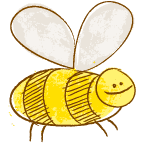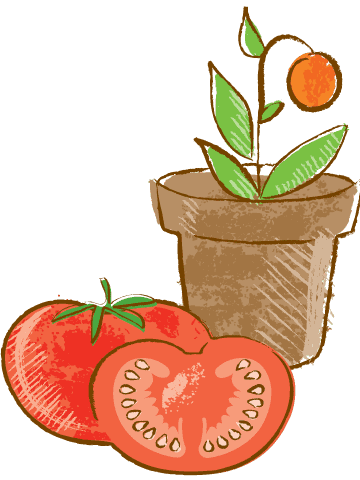Every year as the early spring buds appear, second graders at Cornwall Elementary are welcomed into the garden program by their third-grade peers.
In a fun and ceremonial gesture, third graders gift the second graders with decorated jars filled with a homemade “garden potion.” Part art and part science project, the potion is made from nutrient-rich weeds (such as comfrey and dandelion) that were collected by third graders in the fall, then fermented all winter long and transferred to small jars, which the third graders decorate and wrap.
The jars are just one example of the creative ways Cornwall Elementary School has incorporated art into their garden program.
Not every child is naturally inclined to dig in the dirt. For some kids, artistic and creative expression centered around nature provides that spark of excitement needed to get them engaged with the outdoors.
Art in the garden goes beyond beautification. Whether it’s crafts, poetry, journaling, music, painting or sculpture, garden-related art projects are a great way to involve the wider local community, raise funds for a garden program and generate excitement about the garden.
Every crop of incoming second-graders is delighted to use their garden potions to fertilize their very first spring crop.
“The decomposed weeds become an incredibly nutrient-dense fertilizer,” explains Garden Coordinator Deborah Thomas. “To go along with the potion, we also ask third graders to write notes to second graders sharing ‘what you should know about your garden’ wisdom.”
While second grade gets up to speed in the garden, the entire school community gets into the action planning Cornwall’s annual “Art in the Garden” event. Since 2014, Cornwall has hosted this springtime gathering, which brings families together to enjoy the beauty of the garden, without necessarily having to plant and dig.
Guests rotate through art stations in the garden, such as painted ladybug rocks, a sketching station, seed bombs, flower pens or DIY herb garden kits. Some of the crafts may be sold later in the year at the annual Mother's Day Plant and Craft Sale fundraiser. Meanwhile, a parent musician plays in the background, and each child is invited to dip their hands in paint to add handprints to the sides of the wooden garden beds.
“We use a different color paint each year, so after 10 years we’ll have a rainbow of handprints,” Deborah says.
Surrounding the garden is a colorful project started in a previous year: the chain-link fence features a colorful yarn heart art installation made with upcycled yarn scraps woven into heart-shaped designs. Each year, the kids can add to it.
“This is a great activity for teamwork,” Deborah explains. “Some kids line up inside the fence and some outside, and they pass a ball of yarn back and forth to create a heart shape. Also, birds can pick off and make nests with the yarn. We try to do things that will contribute to the environment and not harm it.”
Another permanent fence art installation is coming soon. Families spent the 2015-16 school year saving colorful, plastic bottle caps, which will soon be added to the fence in a snail design.
With so many different opportunities for art and creative expression in the garden, every child has a chance to leave their own mark.
“We want the kids to feel like this garden is theirs and that they have ownership,” Deborah explains. “The whole point is to be outside and enjoy the beauty of nature, while having your senses stimulated in different ways. Families get involved, the teachers love it and we’re able to tap into some of the other grade levels that aren’t as involved in the garden during the rest of the year.”
“We want the kids to feel like this garden is theirs and that they have ownership.”
Looking for more garden art ideas? Check out these additional resources:
5 Ways to Decorate a Chain Link Fence
Recycled Garden Art on Pinterest



